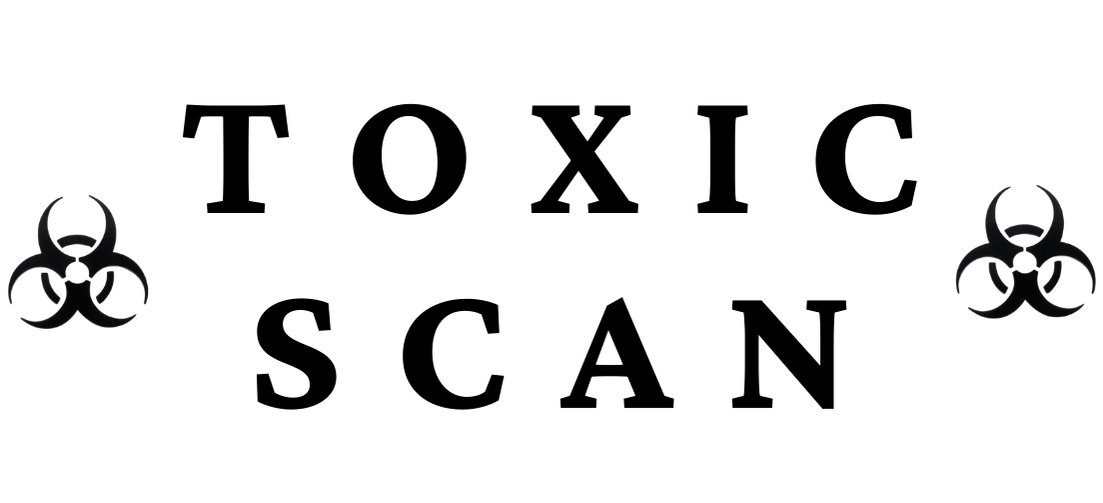E904: Shellac
E904: Shellac
What is E904 (Shellac)?
Shellac (E904) is a natural resin secreted by the female lac insect (Kerria lacca), primarily found on host trees in India and Thailand. This amber-colored substance has been used for centuries in various applications, from traditional furniture finishes to food glazing. In the food industry, shellac provides a glossy, protective coating that extends shelf life and enhances appearance.
Source and Production
Shellac is obtained through a meticulous process:
- Natural source: Harvested from resinous secretions of the lac insect 2. Production process:
- Stick lac (raw form) is harvested from trees
- Processed to remove insect parts, twigs, and other impurities
- Refined through melting, filtering, and stretching
- Dried and broken into flakes or dissolved in alcohol for liquid formulations 3. Processing types:
- Wax-containing shellac (traditional)
- Dewaxed shellac (preferred for many food applications)
- Bleached shellac (lighter color)
While shellac production involves insect secretions, the insects themselves are not part of the final product, though some may consider it non-vegan for this reason.
Common Uses in Food
E904 is used in a variety of food products, including:
- Confectionery (candy coatings and glazes)
- Chocolate coatings
- Fresh fruit coatings (apples, citrus fruits)
- Nuts and dried fruits
- Pills and tablets (pharmaceutical applications)
- Baked goods (glaze on pastries)
- Anti-sticking agent in dried fruit processing
- Coffee beans (to seal in freshness)
- Vitamins and dietary supplements
Functional Properties in Food
Shellac serves multiple functions in food applications:
- Glazing agent: Provides glossy appearance
- Moisture barrier: Prevents moisture loss or gain
- Oxygen barrier: Helps prevent oxidation and extends shelf life
- Surface protection: Reduces physical damage
- Flavor sealant: Helps retain volatile flavors
- Anti-sticking properties: Prevents items from sticking together
- Structure reinforcement: Adds strength to delicate confections
Health and Safety
Safety Assessment
Shellac has been extensively evaluated and is generally recognized as safe (GRAS). It has been approved by:
- The European Food Safety Authority (EFSA)
- The U.S. Food and Drug Administration (FDA)
- The Joint FAO/WHO Expert Committee on Food Additives (JECFA)
No specific ADI (Acceptable Daily Intake) has been established as no safety concerns were identified at the levels used in food.
Safety Considerations
Shellac has an excellent safety profile:
- Digestibility: Largely undigested and passes through the digestive system
- Allergic reactions: Extremely rare
- Toxicity: Very low toxicity even at high consumption levels
- Metabolism: Not significantly metabolized or absorbed
Regulatory Status
E904 (Shellac) is approved for use in most countries worldwide:
- European Union: Approved as E904
- United States: FDA approved as GRAS
- Australia/New Zealand: Approved as food additive 904
- Canada: Permitted as a food additive
- Japan: Approved for use in specific food applications
Natural Status and Consumer Perception
Shellac is considered a natural product but with some considerations:
- Natural origin: Derived from a biological source without significant chemical modification
- Insect-derived: Not suitable for strict vegans or certain religious dietary restrictions
- Sustainable harvesting: Generally considered sustainable as it doesn't harm host trees and supports rural economies
- Traditional use: Long history of use in both food and non-food applications
Non-Food Applications
Beyond food, shellac has numerous other applications:
- Traditional wood finishes
- Nail polish and cosmetics
- Electrical insulation
- Musical instrument finishes
- Traditional medicines
- Printing inks
- Traditional crafts
Consumer Information
Consumers may find shellac on labels under various names:
- E904
- Shellac
- Confectioner's glaze
- Natural glaze
- Resinous glaze
- Pharmaceutical glaze
Products using shellac are often described as having a "shiny coating" or "polished appearance."
Alternatives to E904
For those looking to avoid shellac, alternative coating agents include:
- Carnauba wax (E903) - plant-based
- Beeswax (E901) - animal-derived but not insect-based
- Candelilla wax (E902) - plant-based
- Zein (corn protein)
- Modified cellulose coatings
- Various plant-based gums and resins
Conclusion
E904 (Shellac) is a natural food additive with an excellent safety profile, as reflected by its low toxicity rating of 1. Its role as a protective coating helps extend shelf life and enhance appearance without posing health concerns. While its insect origin may make it unsuitable for some dietary restrictions, its natural status, minimal processing, and long history of safe use make it a valuable and widely accepted food additive. Most consumers can consume shellac-coated products without any health concerns.
